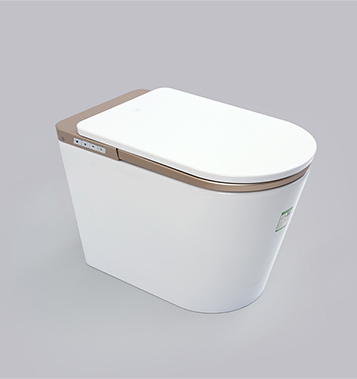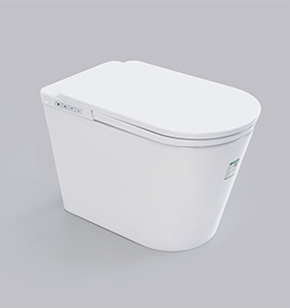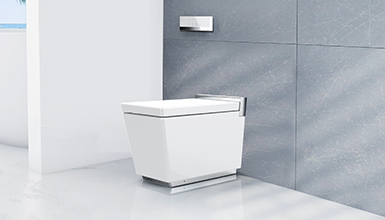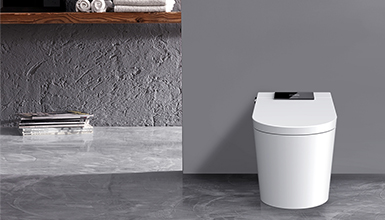When we think about how technology integrates into our daily lives, a practical question often arises regarding smart toilets in the bathroom: "Are smart toilets hard to clean?" This question lingers in the minds of many, especially when they consider upgrading to a customized self-cleaning electric intelligent toilet or encounter various smart toilet products for a time. The ease of cleaning often becomes a key factor influencing their decision.
After all, the bathroom is a frequently used space in the home with high hygiene requirements. No matter how advanced a fixture's functions are, if it increases the burden of cleaning, it will hardly win users' favor. Therefore, it is particularly important to deeply analyze users' core concerns and explore how such modern bathroom products can provide a convenient experience without compromising cleaning standards.

For any bathroom fixture, maintenance difficulty and cleaning convenience are the primary factors users consider. Due to the integration of more technological components, some people inevitably worry that cleaning smart toilets will become more complicated. In reality, however, customized self-cleaning electric intelligent toilets take "user-friendliness" as a core principle from the very beginning of their design. The many functions they are equipped with not only greatly enhance the user experience but also simplify the cleaning process at its root, dispelling users' concerns.
Take the hygiene of the toilet seat and bowl, which users care about most, as an example. Traditional toilets tend to leave stains after use, and the gaps are difficult to clean thoroughly, which may cause bacterial growth with long-term use. In contrast, mass customized self-cleaning electric intelligent toilets are equipped with antibacterial seats and nano self-cleaning glaze technology: the antibacterial seats are made of special materials that can effectively inhibit the growth of common pathogenic bacteria such as Escherichia coli and Staphylococcus aureus, maintaining a clean surface even with frequent daily use; the nano self-cleaning glaze optimizes the structure at the micro level, making it easier for water flow to carry away stains and reducing the adhesion of scale and urine stains, thus keeping the toilet bowl bright and clean at all times. The combination of these two technologies not only reduces the frequency of manual cleaning but also lessens the physical effort required during cleaning. The steps that previously required repeated wiping and the use of cleaning agents now only need a simple rinse, greatly alleviating the "pain point" of users in bathroom cleaning.
In addition to the seat and bowl, the unique nozzle component of smart toilets is also a cleaning blind spot that users worry about. If the nozzles of traditional smart toilets are not cleaned properly, they may become a hidden danger for bacterial transmission. However, customized self-cleaning electric intelligent toilets are designed with a "self-cleaning nozzle" function to address this issue. After each use, the nozzle will automatically start a high-pressure water flushing program, using filtered, clean water to thoroughly clean the surface of the nozzle. Some high-end models are also equipped with ultraviolet sterilization functions to further eliminate bacterial residues. This "cleaning after use" design ensures that the nozzle is in a hygienic state before each use. It not only avoids the awkwardness and inconvenience of users manually cleaning the nozzle but also provides more reliable protection for personal hygiene, making it particularly popular among families that value detailed hygiene and user groups with the elderly and children.

The efficiency of the flushing system also directly affects the cleaning effect of the toilet. The flushing mechanisms of customized self-cleaning electric intelligent toilets have been carefully optimized, mostly adopting "super " (super cyclone) or "jet siphon" flushing designs. The water flow covers a wider range, with a stronger and more uniform impact force, which can completely flush away dirt in the bowl in one go. This avoids stain residues caused by flushing blind spots in traditional toilets and reduces the need for subsequent manual scrubbing.
More importantly, while ensuring the cleaning effect, such flushing systems can also save water. Compared with the water consumption per flush of traditional toilets, smart toilets have higher flushing efficiency, which not only conforms to the concept of environmental protection but also avoids water waste caused by repeated flushing due to incomplete flushing, achieving the dual advantages of "efficient cleaning" and "water conservation".

 English
English 中文简体
中文简体 русский
русский Français
Français Español
Español عربى
عربى Türk
Türk














